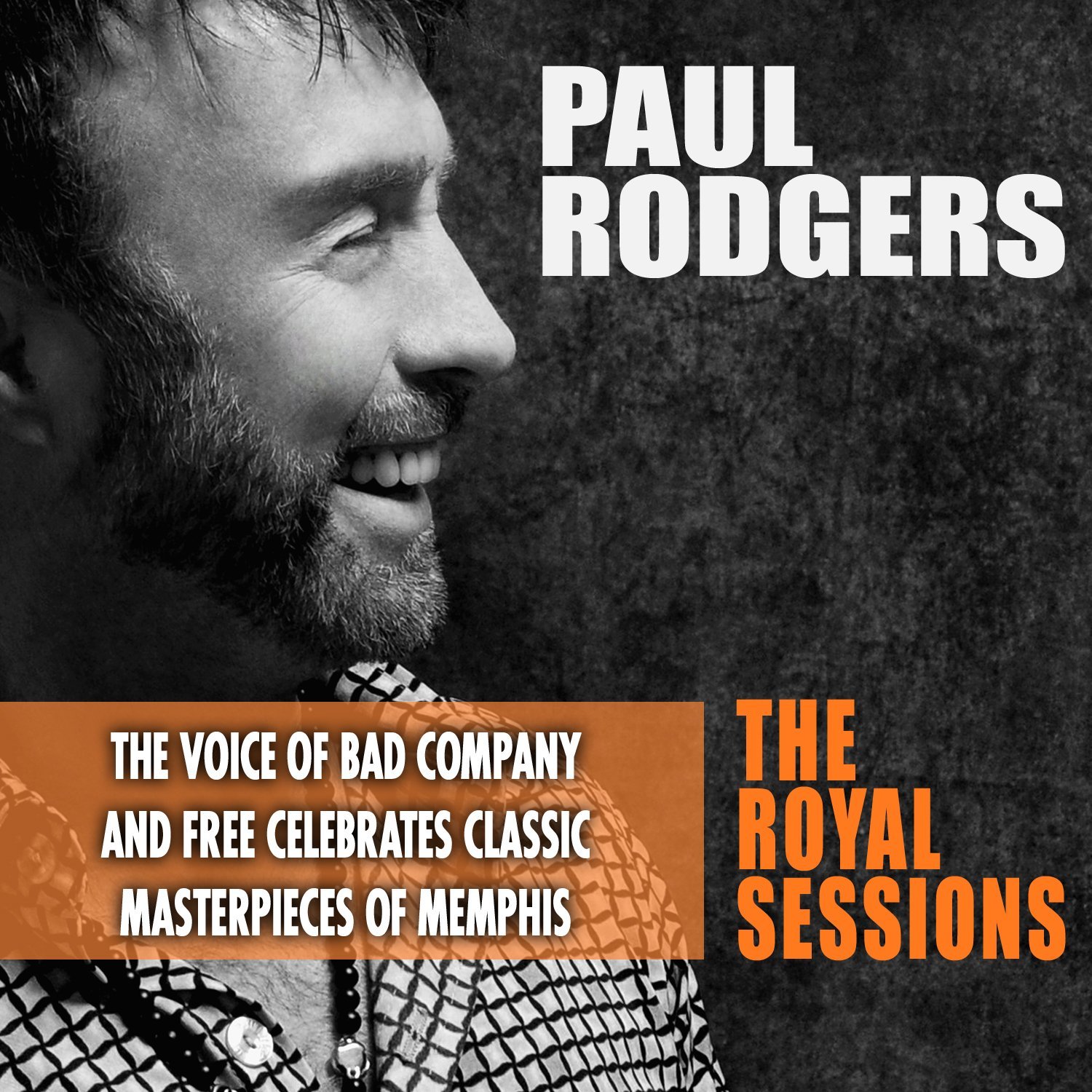
The story of The Royal Sessions, the new album from singer Paul Rodgers, is really two stories. One is that of a British rocker who’s fronted some of the most famous bands of the last 40 years. The other is of a group of legendary Memphis session musicians. Together, classic soul and R&B staples are reimagined, a singer lives out a lifelong dream, and a spotlight shines again on a once fabled studio.
Backed by the venerable Royal Studios talents of the Hi Rhythm Section, featuring Charles Hodges Sr. and Leroy Hodges Jr. on Hammond B-3 and bass guitar, respectively, Rodgers is simultaneously inspired and on notice. To offer anything short of a sincere and full-bodied performance on each of the ten hits he covers would be a disservice not only to the songs, but to the players sitting side by side of him in the room, many of whom played on the originals. Fortunately, he responds quite well to the task.
From the opening Sam and Dave chart-topper “I Thank You,” it’s clear just how influential the Memphis sound was in the singer’s life. Better known as the voice of Free, Bad Company, The Firm, and more recently, Queen, Rodgers grew up in England a teenage beneficiary of a local DJ that supplied him with American 45s of the latest from the Stax/Volt, Goldwax, and Hi Records label. Five decades later, in what amounted to a pilgrimage to his musical Mecca, Rodgers’ Royal recordings represent history, both personal and professional, and as such mostly keep true to their original arrangements, including appearances from both the Royal Studio horn section and string ensemble.
At his strongest when excavating the roots of soulful blues, Rodgers’ interpretations of Otis Redding’s “I’ve Been Loving You Too Long,” and Albert King’s “Born Under a Bad Sign” provide terrific rising and falling emotions, opportunities of guttural tension, that he surrenders in tasteful and respectful swoops. Lite Burt Bacharach fare such as Dionne Warwick’s “Walk on By” is turned inside out, away from its Muzak leanings, and into a blues-coated ballad. In a gospel flourish, “Dreams to Remember” revisits Redding once more, ideal for the record’s finale and certainly a reference to Rodgers’ dream session at Royal.
This is no doubt a love letter to a time when this brand of music meant everything to Paul Rodgers and others all over the world. As well, it’s a statement that the men and women who created and performed on the originals are still at it, still capable of delivering moving and grooving soul. With the full proceeds of the album being donated to local Memphis music education programs, perhaps what was once and remains great can be greater still in years to come.



No Comments comments associated with this post